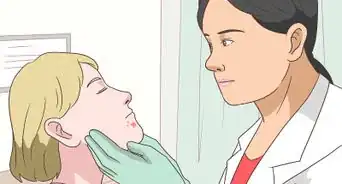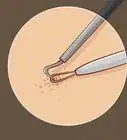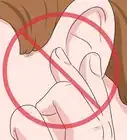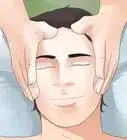This article was co-authored by R. Sonia Batra, MD, MSc, MPH. Dr. R. Sonia Batra is a board certified Dermatologist and the Founder of Batra Dermatology based in Los Angeles, California. With over 15 years of experience, Dr. Batra specializes in lasers, medical devices, patient and public medical education, and skin cancer research. She received her Bachelor’s degree, Master’s degree in Public Health, and her Doctor of Medicine (MD) degrees from Harvard University. As a Rhodes Scholar, she earned a Master’s degree in Molecular Genetics at the University of Oxford. She completed her residency training in Dermatology at Stanford University. Dr. Batra has contributed and reviewed for the Journal of Dermatologic Surgery, the Journal of the American Academy of Dermatology, and JAMA Dermatology. She is also a co-host of CBS’ Emmy award-winning television show, The Doctors.
This article has been viewed 66,286 times.
If you need instructions on how to use a blackhead vacuum, also known as a blackhead remover or pore vacuum, you’re in luck. These helpful tools aren’t particularly difficult to operate once you understand how they work. Using suction, the vacuum lifts out any gunk, dirt, or oil that’s clogging your pore and causing the blackhead. These devices are popular because they’re much safer than picking or wiping the blemishes, which can cause scarring or make the problem worse. In this article, we’ll show you everything you need to know about using these devices so you can get your skin back into tip-top shape!
Steps
Operating an Electric Blackhead Vacuum
-
1Plug in the vacuum. Electric vacuums run off of your home's AC power to generate powerful suction. Make sure the vacuum is plugged into a nearby electrical outlet, or that the battery is fully charged. If your vacuum has a separate power switch, leave it in the “off” position for now.
- Check for a light display that indicates that your vacuum is connected and charged.
-
2Attach a nozzle of the appropriate size. Most pore vacuums come with a variety of attachments that are designed to be used on different types of blemishes. Examine the blackhead you're attempting to remove to choose an attachment that will get the job done. Snap the nozzle into place on the front end of the vacuum and make sure that it's secure.[1]
- Choose smaller attachments for single, pin-sized spots and larger attachments for big clogs and troublesome clusters.
- Your electric vacuum may come with a one-size-fits-all nozzle. The opening of this nozzle will be large enough to cover the blackhead and a small portion of the area around it.
Advertisement -
3Place the tip of the nozzle directly over a blackhead. Position the vacuum over the blackhead so that it's completely enclosed by the nozzle. Try to hold the vacuum perpendicularly so that the nozzle is flush with the skin. This will help form a secure seal, making the suction more effective.[2]
- For best results, suction one blackhead at a time.
- You might have to move the vacuum around a bit when working around the contours of the nose, cheeks and chin to find the best angle.
-
4Activate the suction. Switch on the vacuum. You should feel a gentle tugging sensation as the suction begins to pull at your skin. After a few seconds, the steady suction will loosen and pull out the compacted dirt and oil that's clogging the pore. Repeat as many times as needed until you've eliminated the worst of the blackheads.
- After extracting the biggest part of the blackhead, run the vacuum lightly over the surrounding skin to suck out any other small clogs and potential trouble spots.
- Follow the cleaning instructions included with your blackhead vacuum to sanitize the unit after each use.
Using a Manual Blackhead Vacuum
-
1Select the right nozzle. Go through the different nozzles included with your manual vacuum to find one that fits the blackhead you're trying to get rid of. On manually-operated models, nozzles tend to be easy to attach and detach, simply sliding into place. You may need to twist the nozzle attachment after sliding it in in order to secure it.
- There may be a removable rubber ring that fits onto the end of the vacuum's nozzle to enhance suction. Make sure this ring is fitted snugly over the nozzle.
- Sterilize the tip of the nozzle with rubbing alcohol prior to use to avoid spreading bacteria to your pores.
-
2Push the plunger in all the way. On the rear end of the vacuum you'll find a long plunger that slides into the shaft of the vacuum. When you push this plunger in, it engages the spring mechanism that's responsible for creating suction. You'll then be able to suck out blackheads one at a time by making separate passes.
- Push the plunger in until the stopper rests against the rear edge of the shaft. Listen for a click as it locks into place.
- When the spring mechanism is released, it will create about a pound of pressure—enough to yank most stubborn blackheads out of their hiding places.
-
3Target a blackhead with the tip of the nozzle. Rest the tip of the vacuum over the blackhead you've got your sights set on. Make sure the tip is pressed firmly up against your skin, with no spaces for air to enter or escape the nozzle. This will be easiest to do when the vacuum is held at a ninety degree angle.
- If the tip of the nozzle doesn't form a seal, it won't be able to generate suction needed to extract the blackhead.
-
4Push down with the shaft of the vacuum. In one smooth motion, slide the shaft of the vacuum toward your face so that the nozzle is pressed into the area around the blackhead. This will extend the plunger, creating pressure on the surface of the skin that will force blackhead gunk up through the pore. From there, the vacuum's suction will lift out the blackhead whole.
- There may be slight tinge of discomfort as you activate the vacuum. This happens because the suction is concentrated on such a small area of skin. To alleviate this discomfort, make the action as quick and smooth as possible.
- If the vacuum works the way it's supposed to, you should be able to see whatever dirt, oil or pus it's collected inside the transparent inner chamber of the nozzle.
- Rinse out the nozzle with soap and hot water after each use to clean it.
Cleaning and Protecting Your Skin
-
1Avoid popping or picking at blackheads. When you're trying to get rid of blackheads, pimples and other imperfections, your best bet is to use long-term preventative solutions like frequent washing and moisturizing. Rough handling can enlarge pores and rupture the tissues beneath the epidermis, causing scarring, bruising or discoloration.
- Always treat blemishes by washing and moisturizing as your first course of action. Clean, dry skin is your best defense against pimples and blackheads, both of which are caused by the buildup of dead skin, dirt and oil.
- Never squeeze or dig at blackheads with your fingernails in an effort to extract them. This can cause permanent damage.[3]
-
2Wash and dry your face regularly. Lightly scrub your skin with a gentle soap or acne cleanser and lukewarm water. Focus on problem areas like the nose, cheeks, chin and forehead where blackheads and pimples tend to pop up most often. You should aim to wash your face at least twice a day, or more if you have particularly oily skin.[4]
- Scrubbing your face with a soft-bristled exfoliating brush will reach down into the pores to clean more thoroughly.[5]
- Water that's too hot or cold can be hard on sensitive skin.
-
3Apply a moisturizer. Moisturizers soften the skin and promote elasticity and resilience. This is especially important if you deal with blemishes on a regular basis, as they'll help repair the damage that's been done in the past and prevent future breakouts. Lather on a moisturizer after you shower, or before you go to bed at night.[6]
- Choose a moisturizer that's suited for your individual skin type and apply it using a delicate circular motion with the pads of your fingers.
- When coupled with rigorous washing, moisturizing will enhance your skin's ability to breathe, making it harder for dirt and oil to become trapped in your pores.
-
4Use products that contain salicylic acid. Salicylic acid is a naturally-occurring compound that can help evict blackheads by loosening their grip on the pore. It also serves to clear away dead skin cells, which are part of the natural residue that collects to form large, stubborn blackheads. Regular treatment with creams and serums that have salicylic acid as a key ingredients will keep your skin healthy, smooth and acne-free.
- Many popular skincare brands (including Aveeno, Olay and Neutrogena) make acne-fighting cleansers that contain an effective dose of salicylic acid.[7]
- Aggressive use of salicylic acid can cause dryness, redness or irritation. Use salicylic acid in low concentrations no more than once a day.
Warnings
- Salicylic acid can cause harmful reactions for those with allergies to aspirin. Find out from your dermatologist or physician whether salicylic acid is safe for your skin before using it to treat blackheads.⧼thumbs_response⧽
- Don't jam the nozzle of the vacuum into your skin or apply excessive pressure during suctioning. Doing so may result in mild abrasions or spotted bruising.⧼thumbs_response⧽
Things You'll Need
- Blackhead vacuum (electric or manual)
- Lukewarm water
- Non-drying soap approved for skincare use
- Clean, dry towel
- Facial exfoliating brush
- Facial moisturizer
- Salicylic acid treatment
References
- ↑ https://www.youtube.com/watch?v=15cviltKXMY&t=460s
- ↑ https://www.youtube.com/watch?v=WcyrruUwByg
- ↑ https://www.webmd.com/skin-problems-and-treatments/acne/how-get-rid-blackheads
- ↑ https://www.aad.org/public/everyday-care/skin-care-basics/care/face-washing-101
- ↑ https://www.webmd.com/skin-problems-and-treatments/acne/how-get-rid-blackheads
- ↑ https://www.aad.org/public/everyday-care/skin-care-basics/care/face-washing-101
- ↑ https://www.webmd.com/skin-problems-and-treatments/acne/how-get-rid-blackheads
About This Article
To use a blackhead vacuum, all you need to do is attach the right-sized nozzle and hold it against your blackhead to remove it. Use a smaller nozzle attachment for single, pin-sized spots, and larger attachments for bigger blackheads and clusters of smaller ones. If your vacuum is electric, just place it directly over your blackhead and turn the suction on to remove it. If it’s a manual vacuum, push the plunger in until it clicks, then push the vacuum against your blackhead. You’ll feel a gentle tugging sensation as the suction pulls at your skin. Repeat the process for as many blackheads as you want to get rid of. For more tips, including how to clean your skin to minimize blackheads, read on!
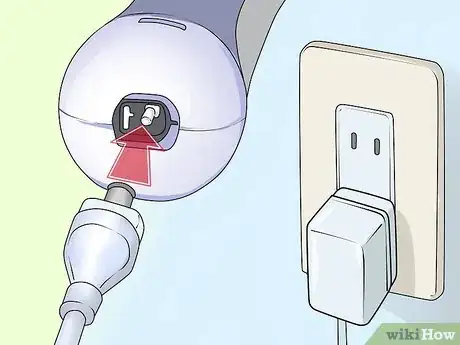
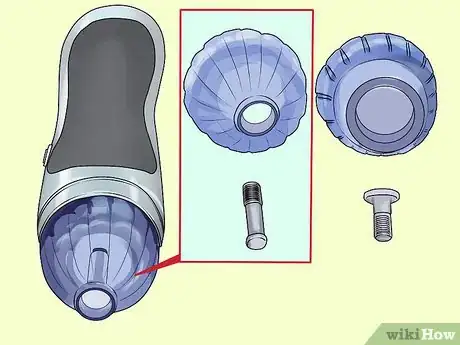

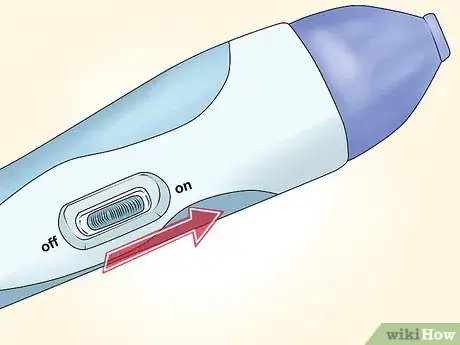
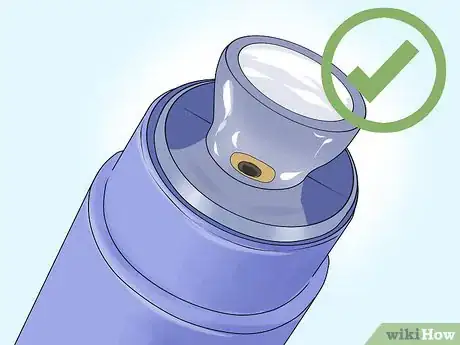
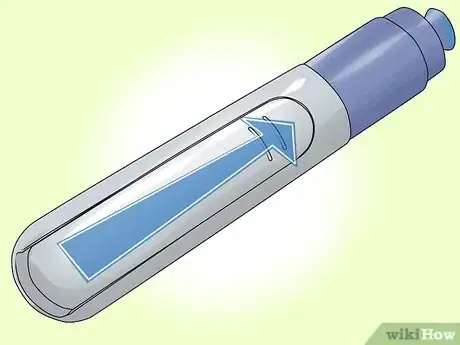
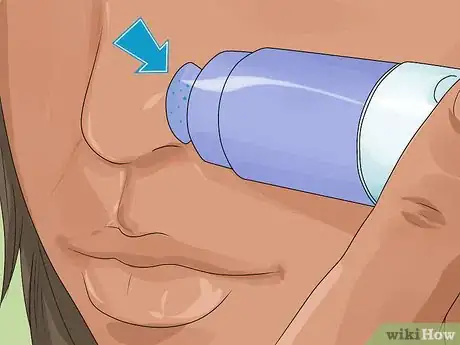
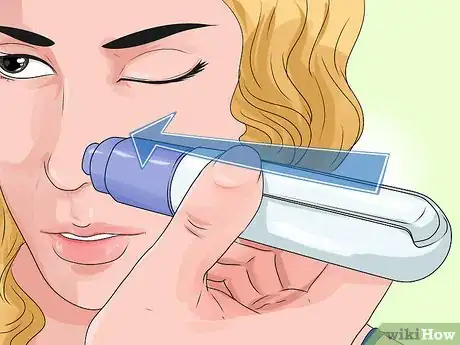
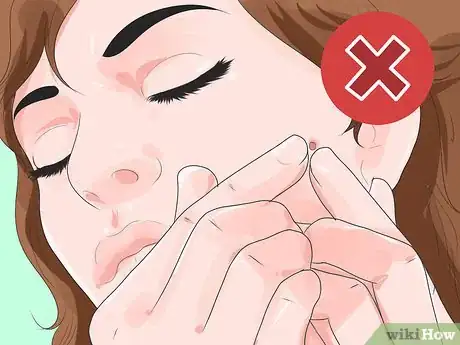
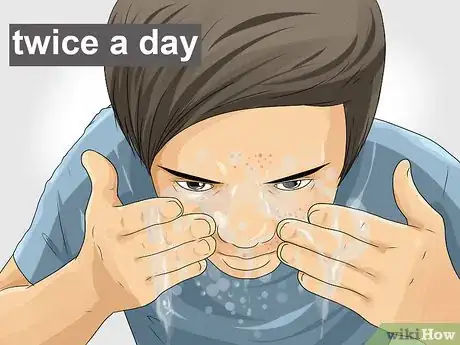

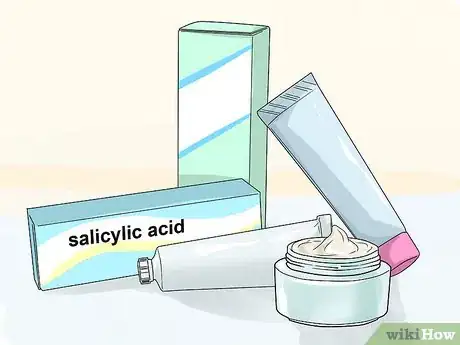
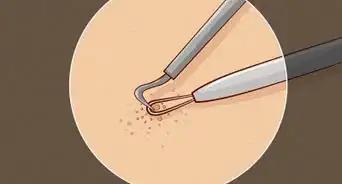
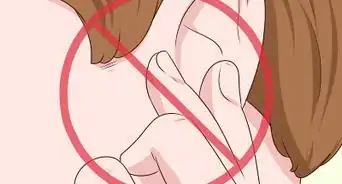

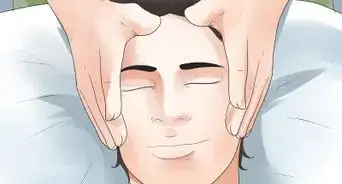
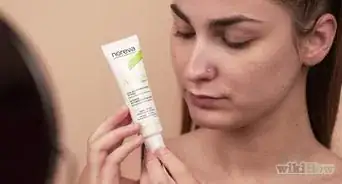

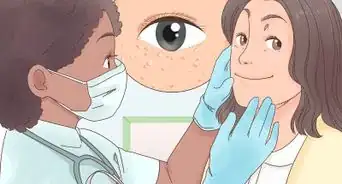

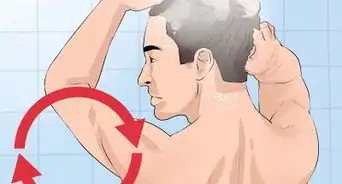
-Step-9.webp)
